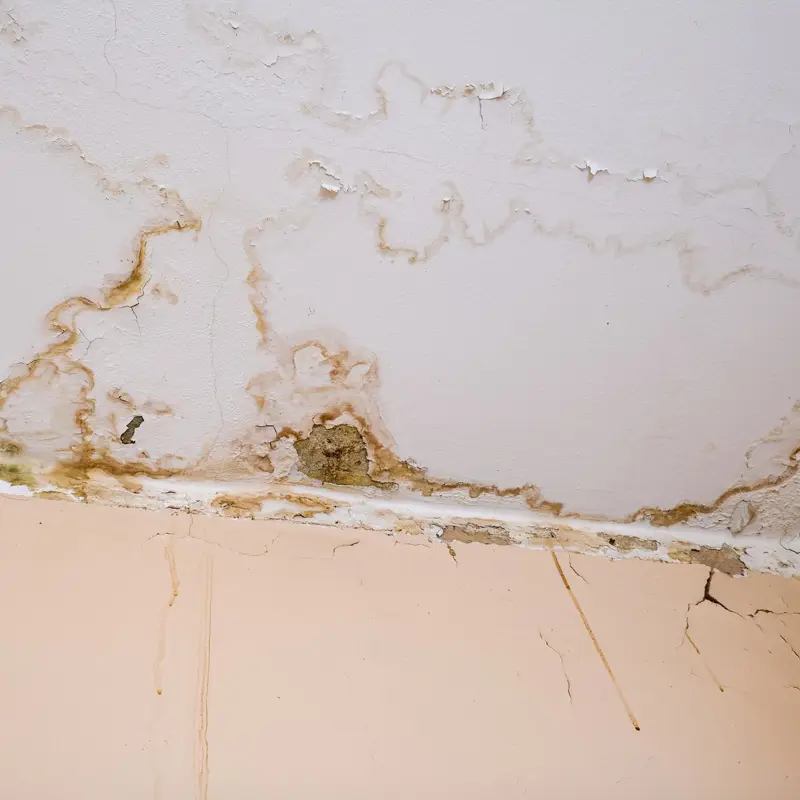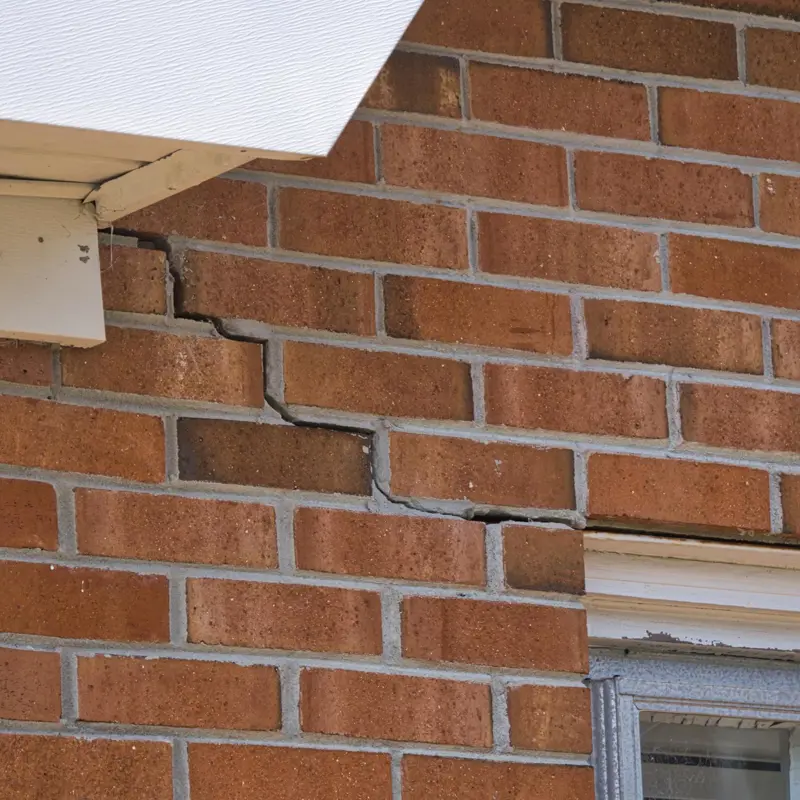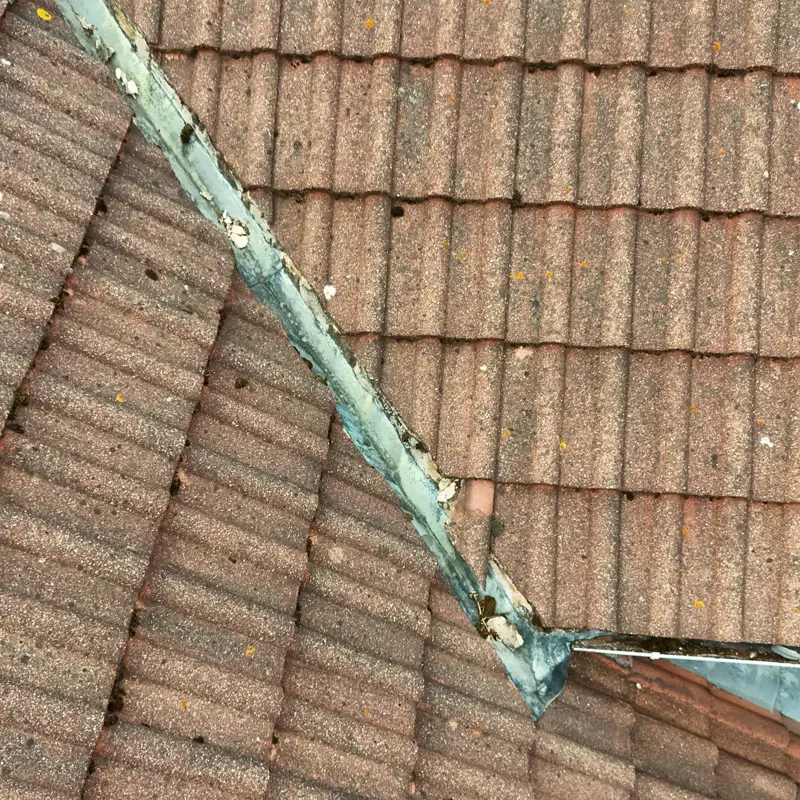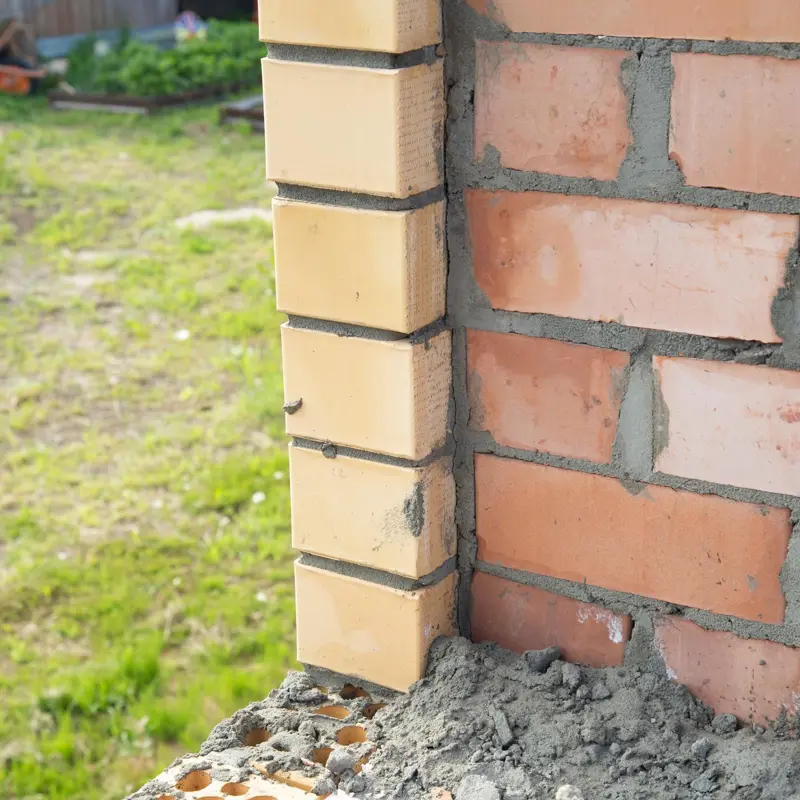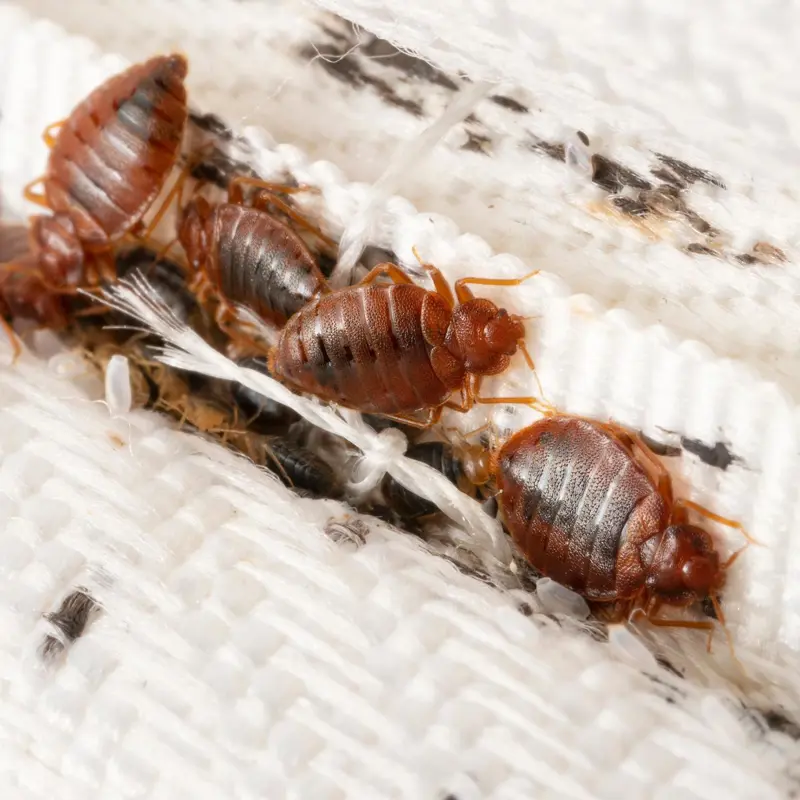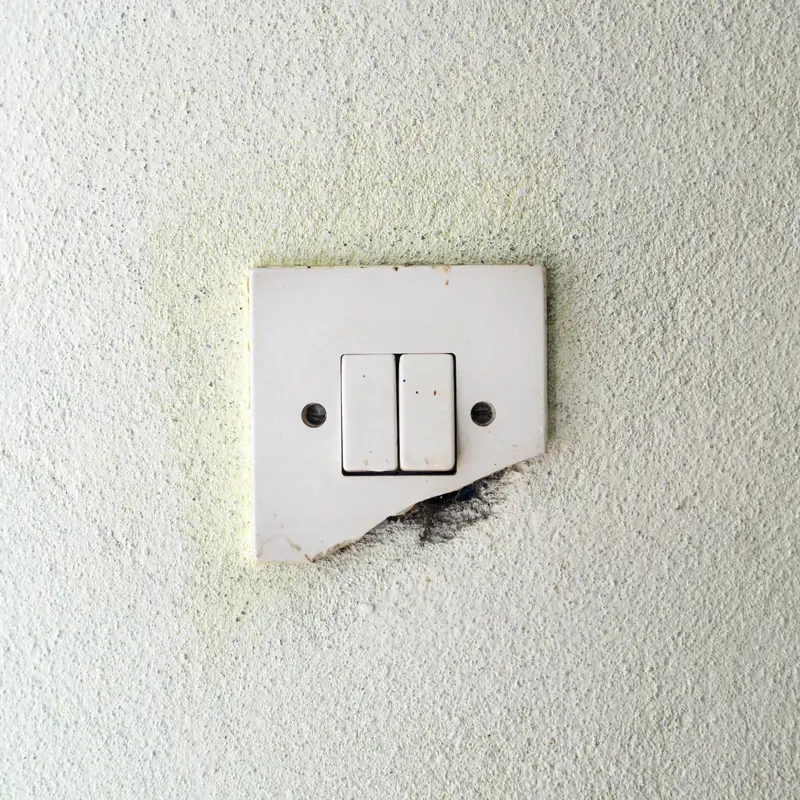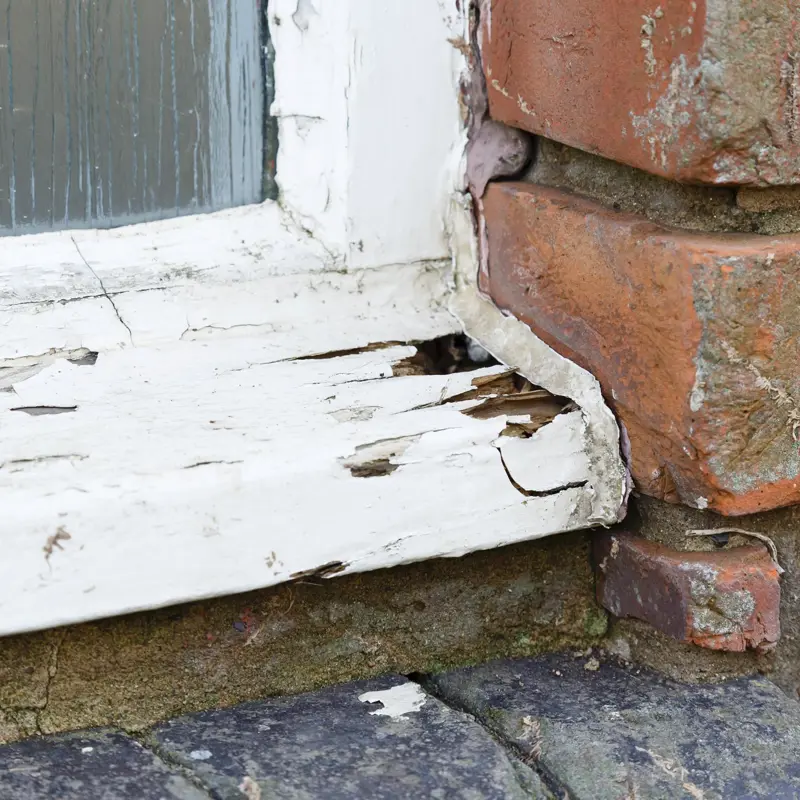Damp, mould, and fungus issues in social housing are often signs of excessive moisture in the home.
Damp typically presents as wet patches on walls or ceilings, peeling paint, musty smells, or condensation on windows. Causes include penetrating damp from leaking roofs, pipes, windows, doors, neighbouring properties, as well as rising damp from ground moisture.
Mould is a type of fungus that grows in damp conditions, often appearing as black spots on walls, ceilings, windows, or behind furniture. The most harmful type is black mould, which can release spores that trigger breathing problems, particularly in children, older adults, or individuals with asthma. Fungus can also damage the structure of the home, especially if it affects wood or plaster.
Mould, damp and fungus problems are common in social housing when buildings are poorly maintained or ventilated. If you notice signs of damp or mould, it’s important to report it to your housing association or council landlord as soon as possible; they are legally responsible for fixing serious issues.
If they don’t act, you can take the complaint to the Housing Ombudsman, the UK body responsible for resolving disputes between landlords and tenants.

